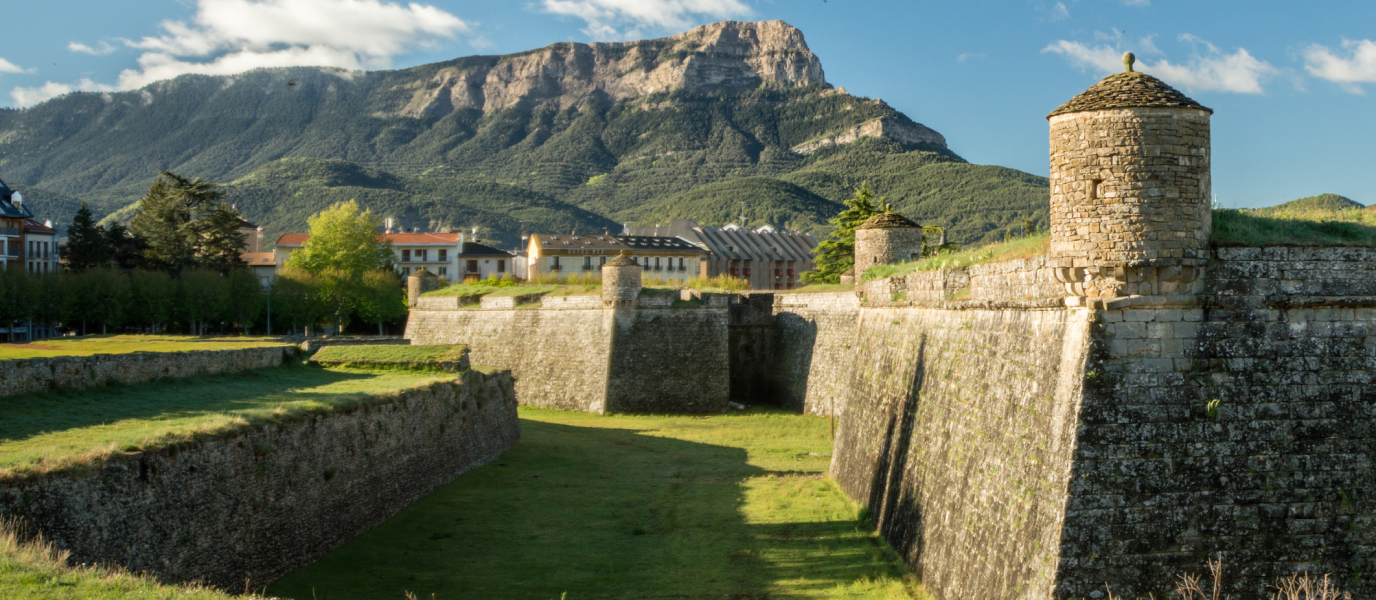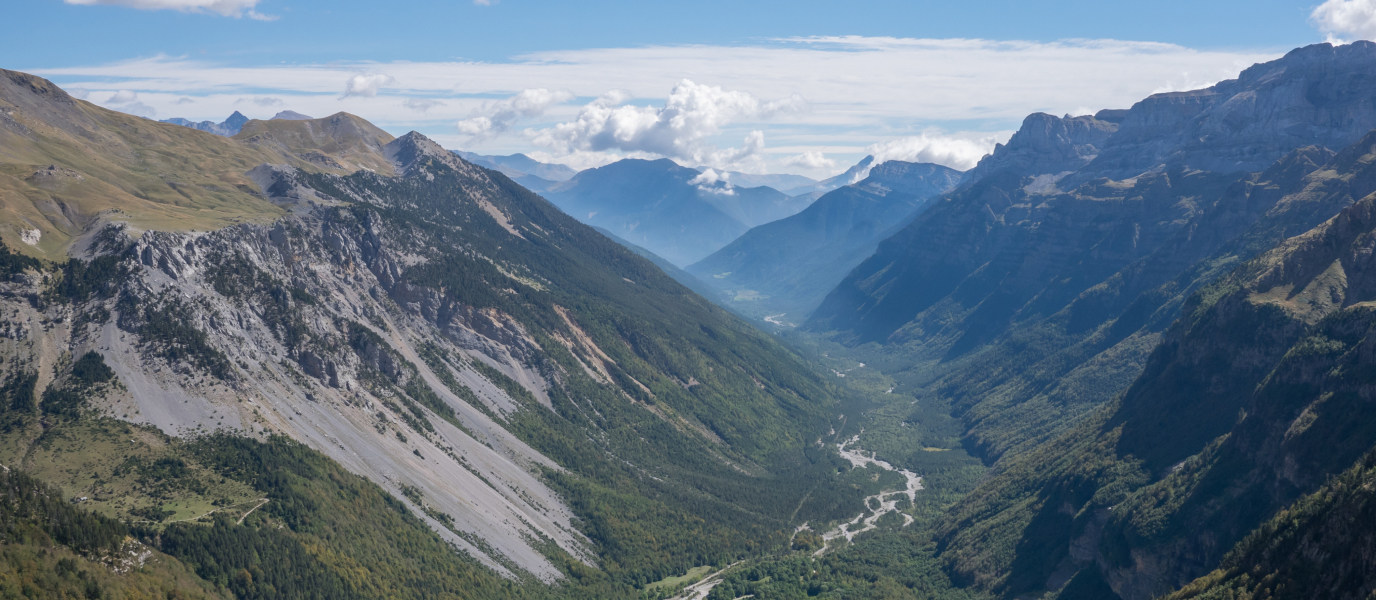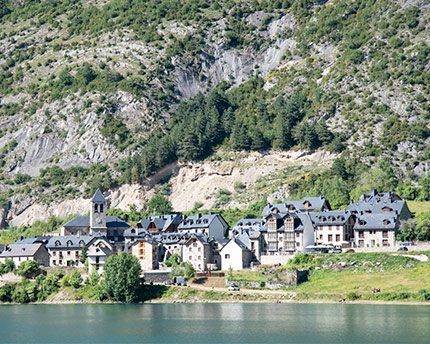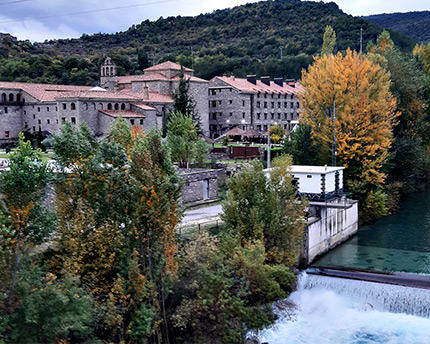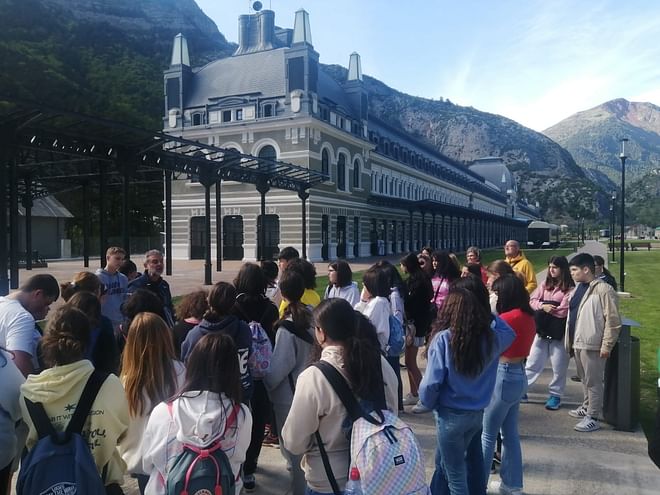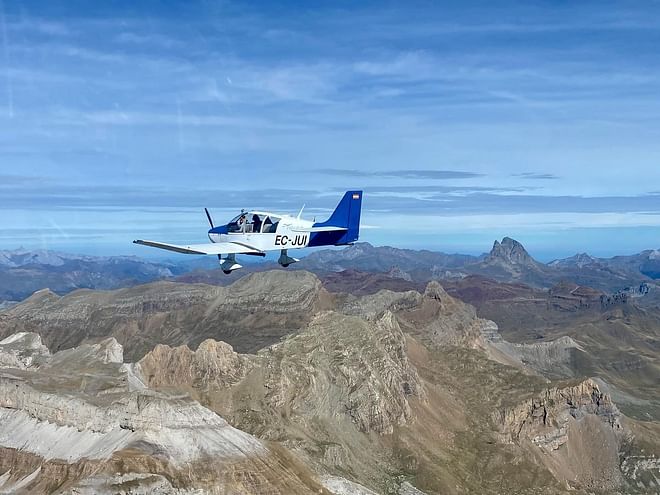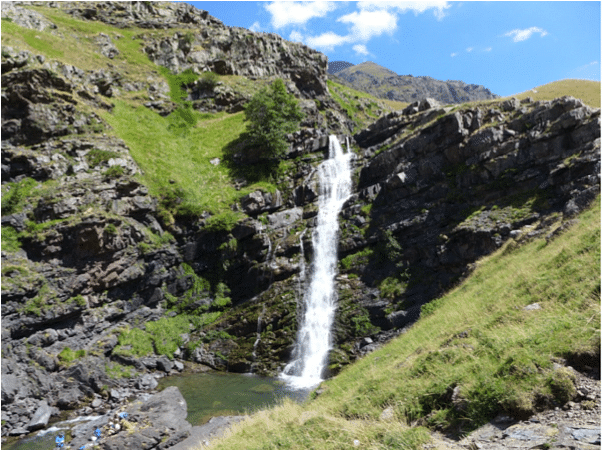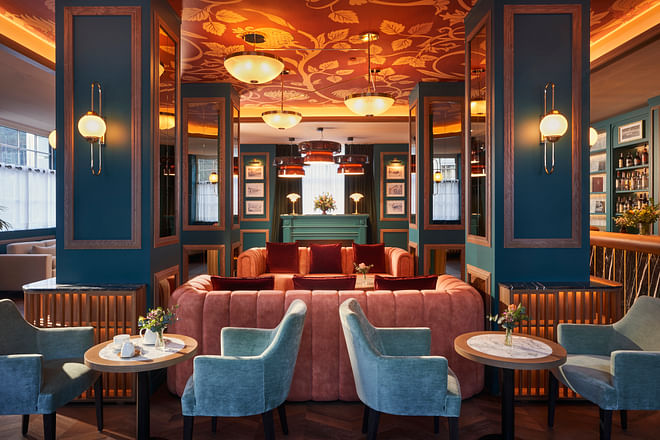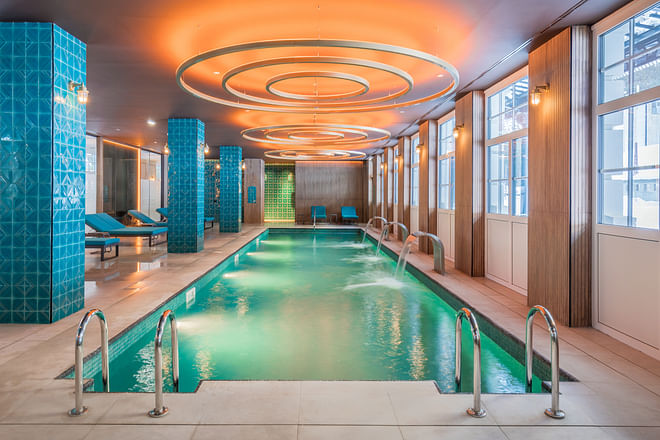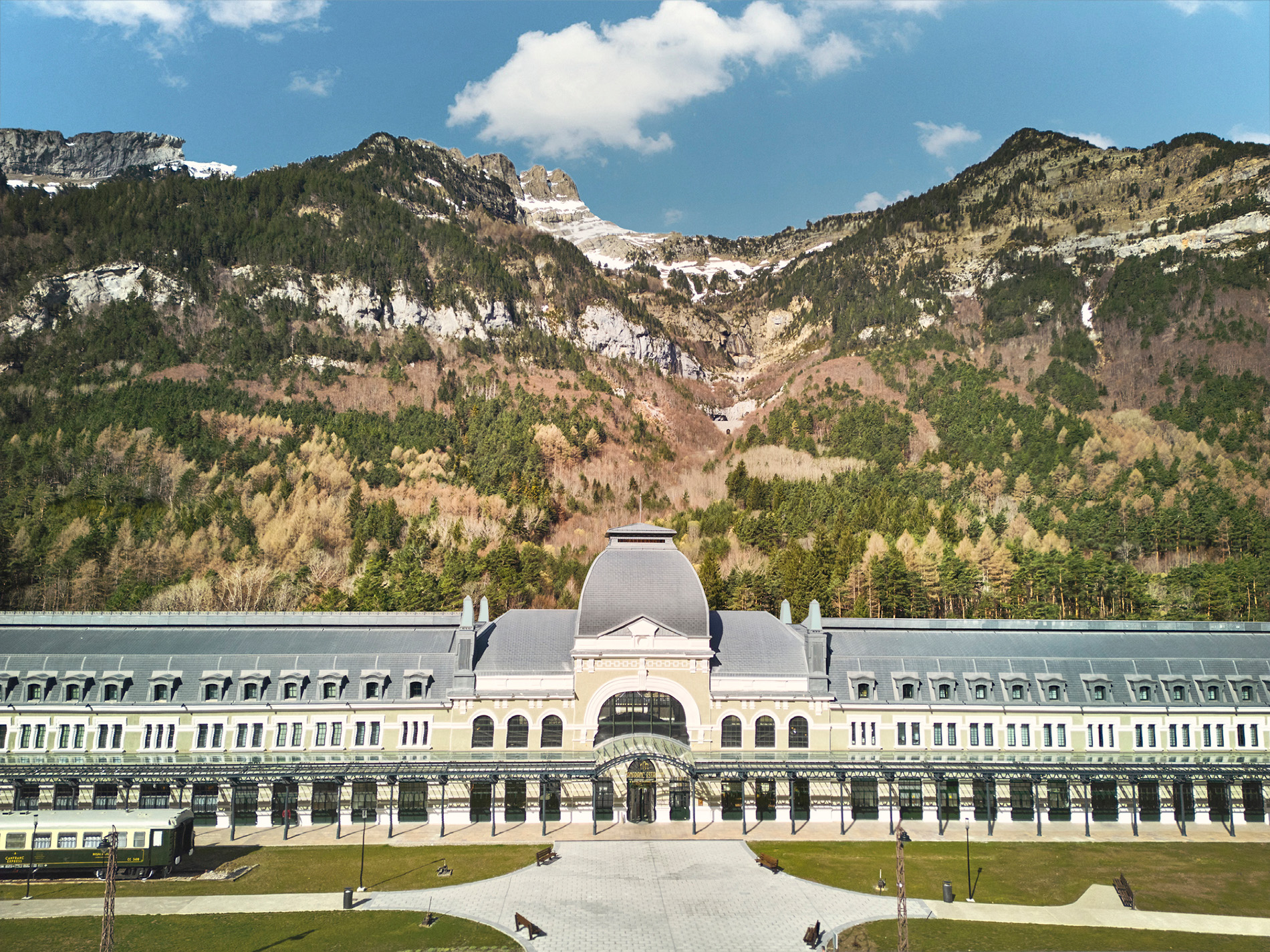It’s impossible to understand the historical heritage of the Aragonese Pyrenees without stopping in Jaca. This small city in Huesca province (internal link), capital of La Jacetania county, is a fascinating place, perfect for a trip that combines historical heritage and nature. Read on to discover the best of Jaca, the essential places to visit and the main points of interest in its surrounding area.
Set on the way out of the valley of the Aragon River, the Canal de Berdún depression, Jaca is the capital of the Aragonese Pyrenees and a tourist centre that attracts visitors thanks to its historic heritage, the Way of St James [Camino de Santiago] and winter sports.
It comes as no great surprise to learn that Jaca has existed for centuries. Firstly, it’s along the Aragonese branch of the French Way of St James, a stopping point along this thousand-year-old route after crossing the Pyrenees. It’s also been a strategic location for travelling towards France via the Aragón Valley and Somport mountain pass. And it was a centre of military and religious power that has endured over the years.
Jaca is definitely worth visiting to see the attractions that are detailed below, and it has a wonderful historic centre where you can go for a lovely stroll and stop off to enjoy typical Aragonese food.
Jaca Citadel
The Citadel, or castle of St Peter, is Jaca’s main monument. This pentagonal five-pointed-star-shaped fortress was built on the orders of Philip II in 1592 and all its features are in an excellent state of conservation. It was designed by Italian military engineer Tiburzio Spanocchi and was part of a defensive network in the Pyrenees; other structures include Pamplona Citadel and the fort of Santa Elena in Biescas.
Its exterior walls, moat, towers, bastions and gates are remarkably intact and extremely beautiful. Inside, the large central courtyard gives visitors an idea of the importance of this fortification in its day. It’s one of the finest examples of military architecture in Spain.
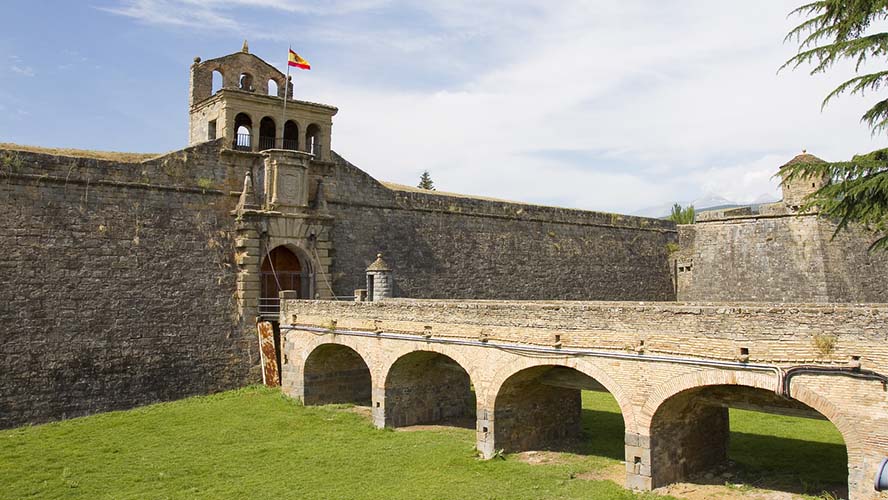
The old barracks contain several interesting exhibitions. The most famous is the Museum of Military Miniatures, a wonderful collection of 32,000 lead soldiers that have been used to recreate famous battles from history. There are also rooms dedicated to the Mountain Battalion of the Republic Army, whose headquarters were in Jaca.
Jaca Citadel was also used as a concentration camp for Republic prisoners during the Civil War.
You can enjoy visiting the citadel independently or by joining a fascinating guided tour. And look out for the famous herd of deer that lives in the moat!
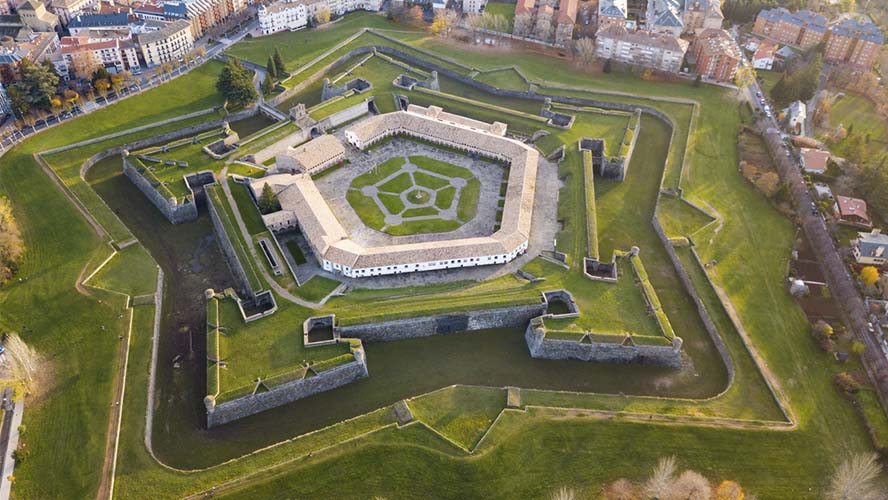
Jaca Cathedral
The cathedral of San Pedro in Jaca is another important monument in the capital of La Jacetania. Construction began on this temple almost a thousand years ago and today it’s one of the oldest Romanesque churches in Spain, and one of the finest examples of this architectural style. It’s an essential stop along the Aragonese branch of the Way of St James.
During the 11th century, Jaca was awarded city status and made a diocese by king Sancho Ramírez in 1077, meaning a cathedral was needed in the town.
The cathedral has conserved its Romanesque style and has three naves, five galleries, apses and two entrance gates. Like all surviving Romanesque temples, the building is an open history book and it features a series of later styles, with Gothic and Baroque elements that were added as the cathedral evolved over time.
The cathedral’s interior has interestingly decorated capitals and corbels.
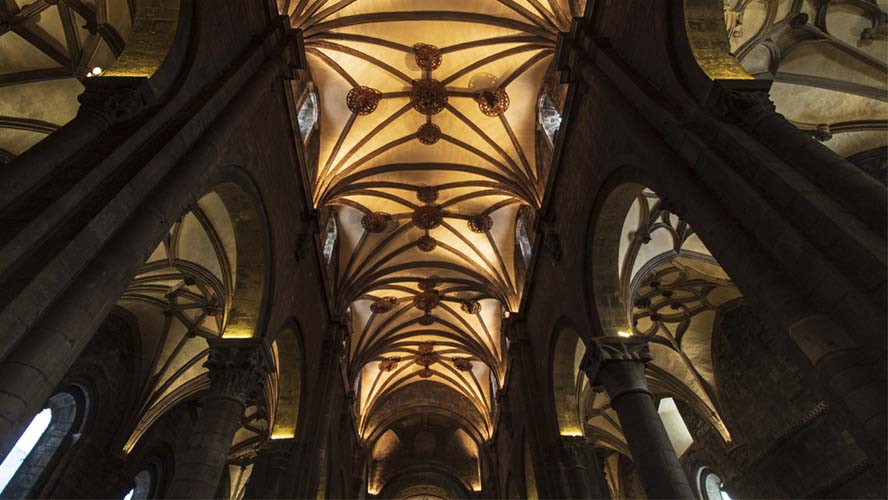
Diocesan Museum of Jaca
The area around the cloister in Jaca Cathedral houses the Diocesan Museum, another treasure of the city. It contains one of the best collections of Romanesque mural paintings in the world and other fine pieces of medieval art.
The most important exhibit in the Diocesan Museum is the Bagües paintings from the end of the 11th century, which were originally located in the church of Santo Julián y Santo Basilisa in Bagües, Zaragoza. This room is nicknamed the “Sistine Chapel of the Spanish Romanesque”, also alluding to its portrayal of the Old and New Testaments.
Jaca’s surrounding area
Jaca is the gateway to the Aragón Valley ski resorts (internal link): Astún and Candanchú. And winter sports aren’t the only big draw here because Jaca’s surrounding area is packed with other attractions.
Monastery of San Juan de la Peña
Near to Jaca, in the small town of Botaya, you’ll discover another historic treasure from the old Kingdom of Aragón: the monastery of San Juan de la Peña (internal link). The monastery is today split between the Old and New monasteries, and it symbolises Aragón’s history because it contains the Royal Pantheon of kingdoms of Aragón and Navarre. The complex was made a National Monument in 1889.
Building work started on the Royal, or Old, Monastery at the end of the 11th century, right on the Way of St James. Its location atop a huge rock is particularly eye-catching. San Juan de la Peña was also where Roman liturgical rites set by the Holy See were first brought to the Iberian Peninsula.
A devastating fire in 1675 meant a new building, the New Monastery, was required and construction started the following year on the nearby plain of San Indalecio.
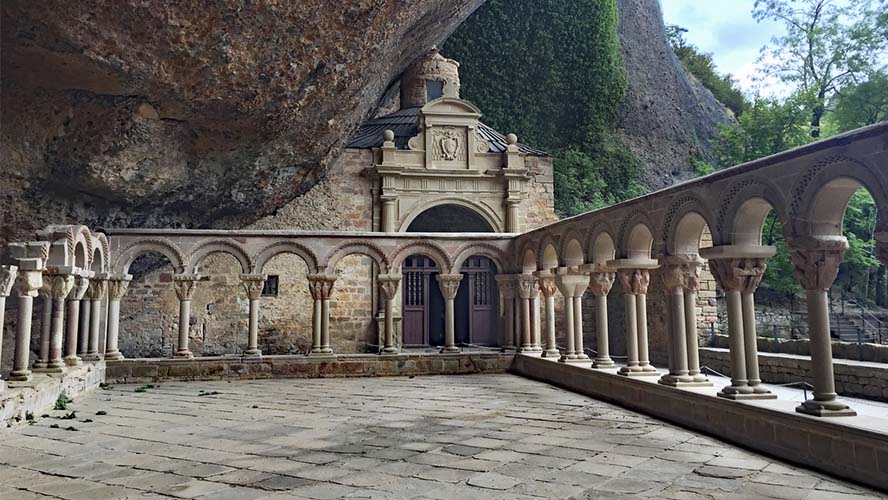
Canfranc station
Famous Canfranc station is one of the most beautiful in Spain and a place steeped in mystery. The building is as vast as it is lovely and has stood, forgotten, among the mountains by the border with France for decades.
Canfranc station (internal link) is an essential stop for anyone visiting Jaca. Come and admire its architecture and discover the events that took place here during construction. And it’s not just any station because it has a particularly unusual feature: double tracks with both Iberian and international widths to make it easier to serve trains from both sides of the border.
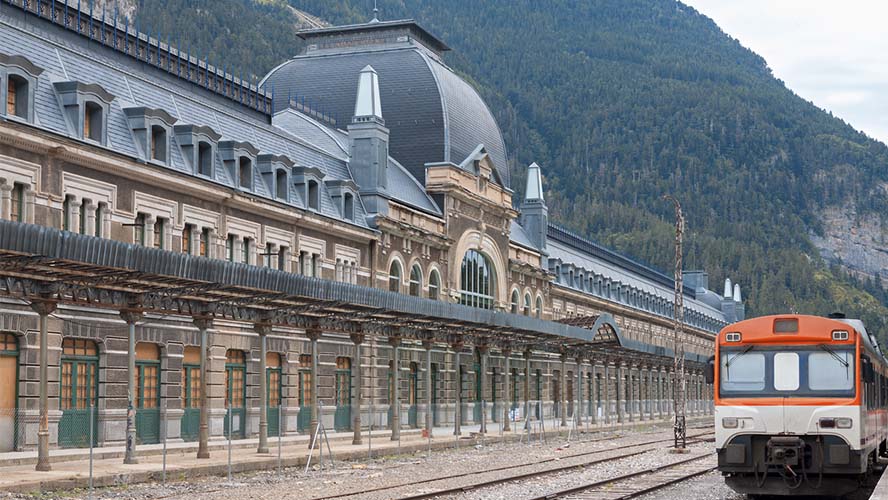
Las Güixas Cave
When travelling from Jaca to Canfranc, in Villanúa, visitors can stop off at Las Güixas cave, a natural cavity that reveals the force of nature over the years. Water has progressively created a magical interior space filled with stalactites, stalagmites, flows and other formations that can be admired along the easy-to-follow route.
In fact, the cave is still being formed by water today, and it is shaping the limestone rock drop by drop. It was once inhabited by humans, around 3,000 years ago, and several archaeological finds have been discovered here.
Visits to Las Güixas cave start at the interpretation centre and take about 1 1/4 hours. There is a maximum capacity of 30 people per visit and you need to book in advance. Las Güixas cave is an excellent activity to do in Jaca with children (internal link: Huesca with children).
Where to eat in Jaca
Jaca’s historic centre is a great place for tracking down bars and restaurants where you can enjoy Aragonese food such as ternasco, cured meats, cheese and olla jacetana, a local speciality.
Below is a brief selection of long-standing favourites:
- La Tasca de Ana: a popular tavern with a wooden bar that is something of an institution in Jaca. Typical bar pinchos, full portions and tapas with a great atmosphere. Its “rodolfitos” are a classic.
- 19 tapas y 500 vinos: this small restaurant with a modern vibe is another safe bet in Jaca. It has a wide selection of full portions including everything from vegetable dishes to specialities from the sea.
- Las 3 Ranas: an excellent restaurant in the centre of Jaca that has a big menu of the day. Dishes have a stylish presentation with modern touches. It also has alternative menus, such as the Aragonese menu.
This is just a small selection of three restaurants in Jaca but the city centre’s food scene is in robust health and there are plenty more wonderful options that will suit every taste.





























































